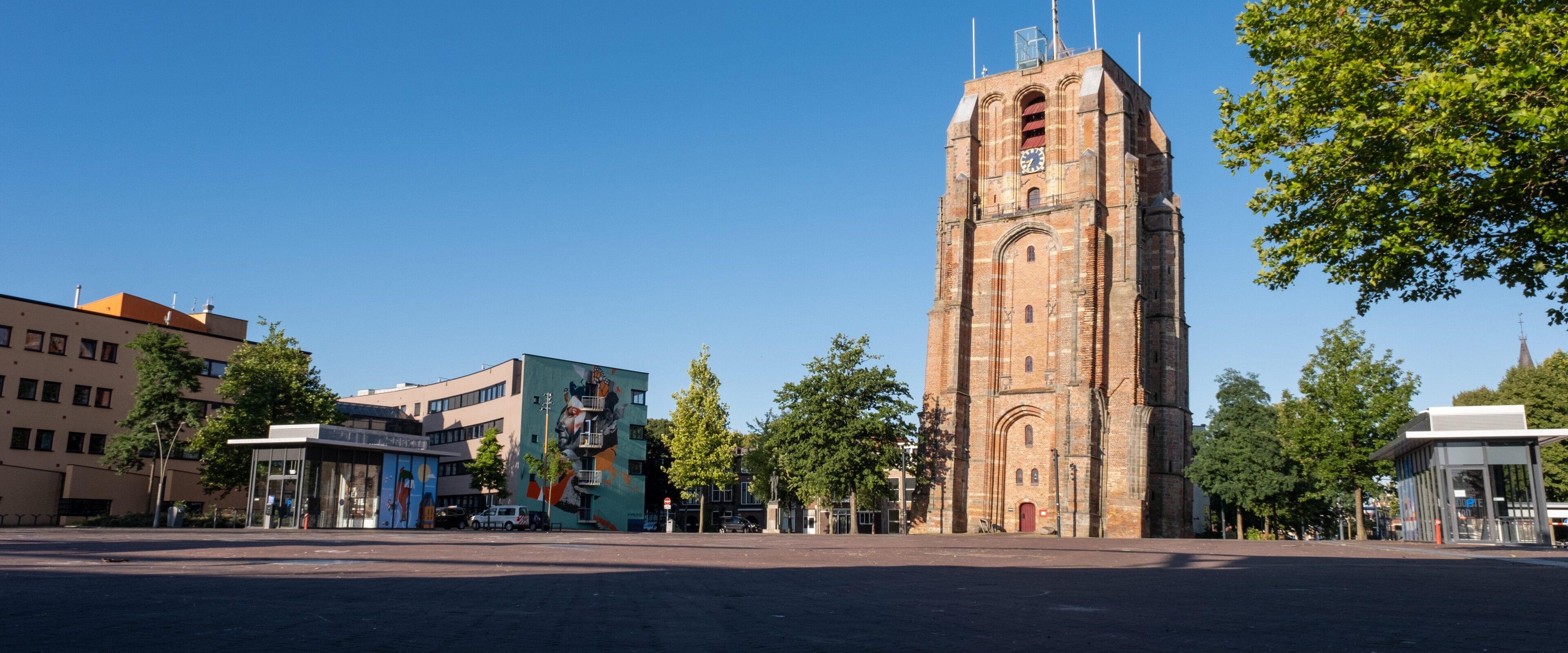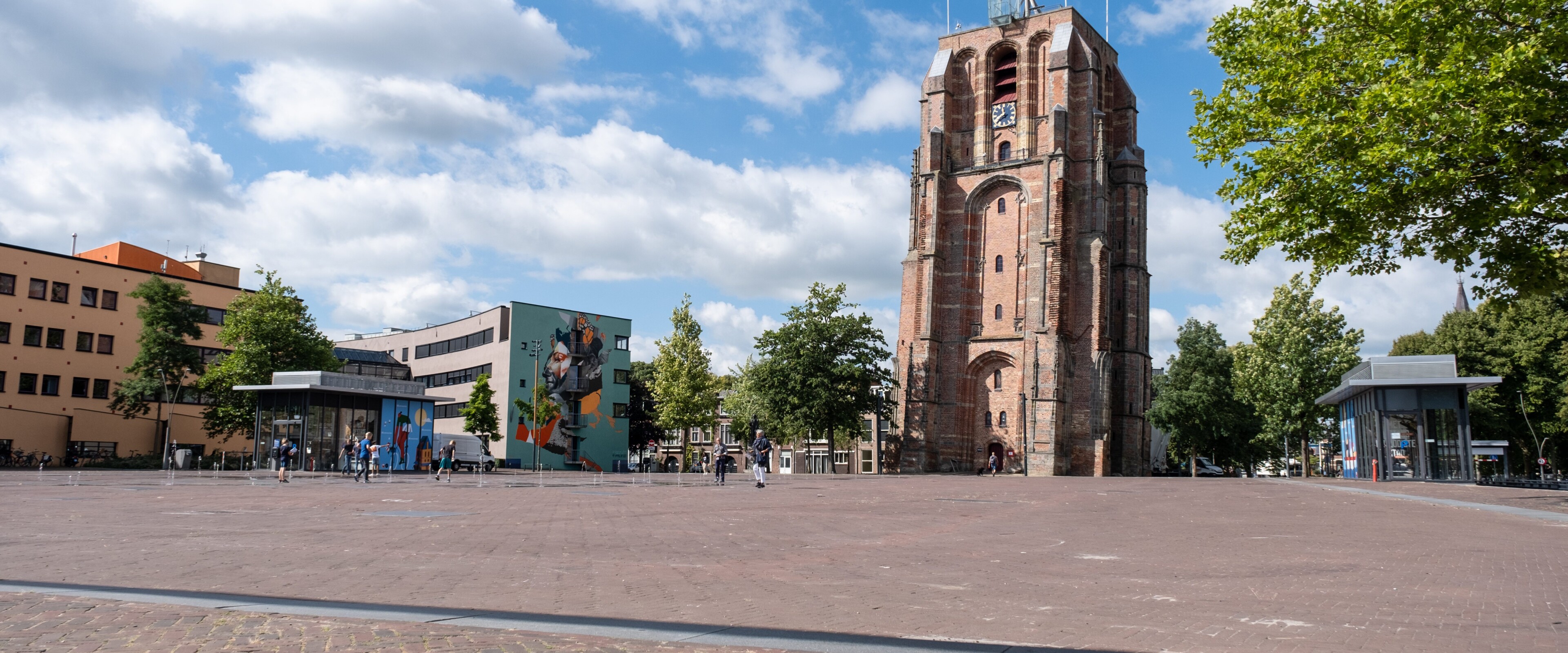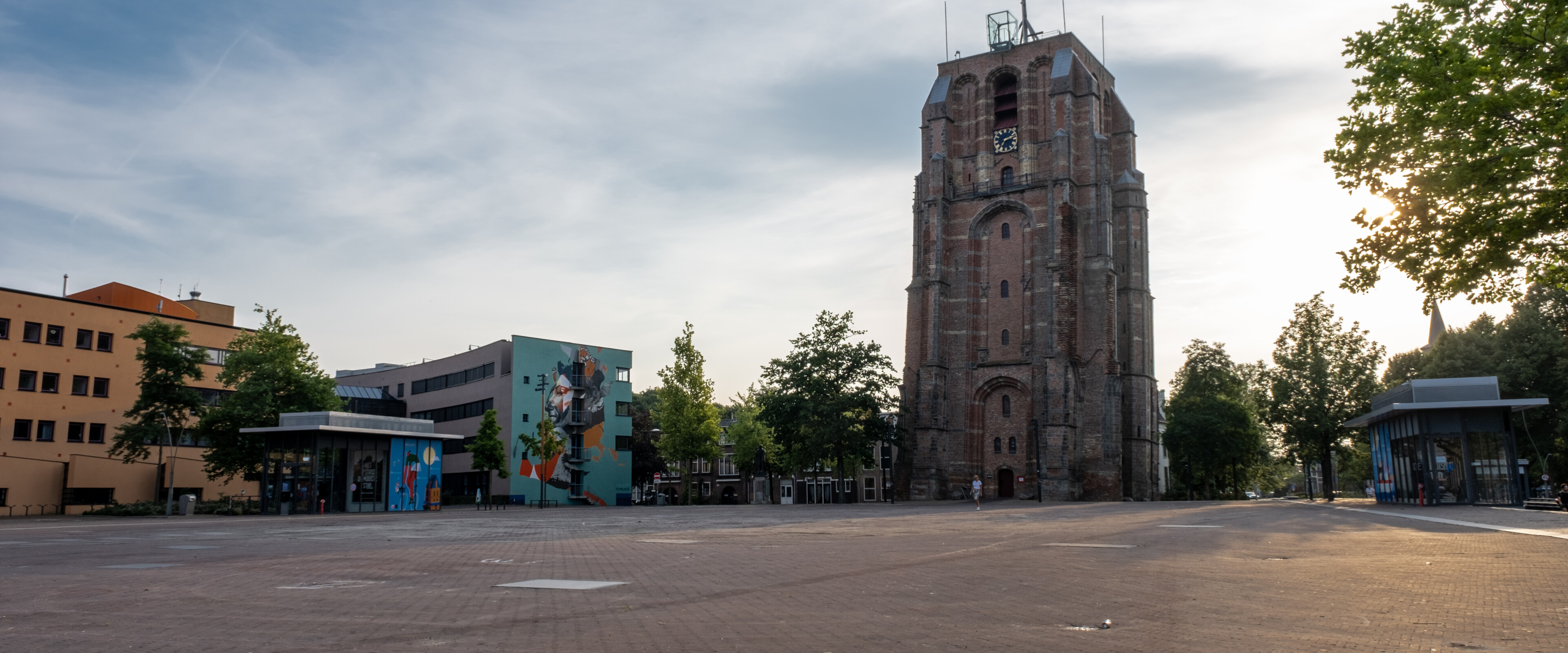Unequal-leaved featherweed in the waterways of Zuiderburen
A plant not naturally occurring in the Netherlands grows in the watercourses in Zuiderburen: the unequal-leaved featherweed. This plant grows rapidly and, if left unchecked, can cause problems for both wildlife and water use. This page contains information on what actions we are taking as a local authority, the responsibilities residents have, and how we can collectively tackle this problem.
What is unequal-leaved featherweed?
Unequal-leaved featherweed is an exotic aquatic plant native to the United States. It was originally introduced in the Netherlands as a pond and aquarium plant. When it is dumped into outside water, it spreads rapidly and waterways become choked. That gets in the way of boating. More information about the aquatic plant, Ecogroen’s survey area map, survey maps of the owners’ watercourses and the April 2025 residents’ letter can be read below:
Who is Responsible?
Many watercourses in Zuiderburen are privately owned. This means that the owners of the watercourses are responsible for water maintenance, including controlling nuisance plants such as unequal-leaved featherweed.
Research into combating the plant
We understand that tackling this problem can be a complex process. The local authority has commissioned Ecogroen to find out exactly where the featherweed occurs, the most effective control methods and the costs involved. Ecogroen will also check whether there are any other species that could cause nuisance.
Ecogroen will start the study in April 2025 and we expect to have all the necessary information by the end of May.
Information evening Wednesday 18 June
On Wednesday 18 June at 7.30pm, we will jointly organise an information meeting with the neighbourhood panel in Markant. Here we will share the findings of the study, the plan of action and engage further with residents.
Cooperation is essential
Given that many watercourses in Zuiderburen are privately owned, cooperation between the local authority, water board and the residents of Zuiderburen is very important. We understand that this process can be challenging, but by working together, we can effectively combat the spread of unequal-leaved featherweed. It may take several years to control the problem, but the regular removal of the featherweed will give native vegetation a chance to recover. These species are less likely to proliferate and help maintain biodiversity.
We are looking for a representative for each watercourse
We would like to appoint a representative for each watercourse to make communication between the local authority, neighbourhood association, neighbourhood panel and residents as smooth as possible. This person can maintain contact and work with us to ensure an efficient approach. Would you like to act as a representative on behalf of your street? If so, send an email to: wijkpanel@wijkverenigingzuiderburen.nl.
What will happen in the short term?
Once there is a representative for the entire watercourse and there is agreement within the residents living along this watercourse that they are all willing to bear the cost. this can be reported to the neighbourhood panel and a solution will be sought with the local authority.
More information
Don’t hesitate to contact us if you have any questions or would like more information about unequal-leaf featherweed or the responsibilities.
What is unequal-leaved featherweed?
Unequal-leaved featherweed is an exotic aquatic plant native to the United States. It was originally introduced in the Netherlands as a pond and aquarium plant. When it is dumped into outside water, it spreads rapidly and waterways become choked. That gets in the way of boating. More information about the aquatic plant, Ecogroen’s survey area map, survey maps of the owners’ watercourses and the April 2025 residents’ letter can be read below:
Who is Responsible?
Many watercourses in Zuiderburen are privately owned. This means that the owners of the watercourses are responsible for water maintenance, including controlling nuisance plants such as unequal-leaved featherweed.
Research into combating the plant
We understand that tackling this problem can be a complex process. The local authority has commissioned Ecogroen to find out exactly where the featherweed occurs, the most effective control methods and the costs involved. Ecogroen will also check whether there are any other species that could cause nuisance.
Ecogroen will start the study in April 2025 and we expect to have all the necessary information by the end of May.
Information evening Wednesday 18 June
On Wednesday 18 June at 7.30pm, we will jointly organise an information meeting with the neighbourhood panel in Markant. Here we will share the findings of the study, the plan of action and engage further with residents.
Cooperation is essential
Given that many watercourses in Zuiderburen are privately owned, cooperation between the local authority, water board and the residents of Zuiderburen is very important. We understand that this process can be challenging, but by working together, we can effectively combat the spread of unequal-leaved featherweed. It may take several years to control the problem, but the regular removal of the featherweed will give native vegetation a chance to recover. These species are less likely to proliferate and help maintain biodiversity.
We are looking for a representative for each watercourse
We would like to appoint a representative for each watercourse to make communication between the local authority, neighbourhood association, neighbourhood panel and residents as smooth as possible. This person can maintain contact and work with us to ensure an efficient approach. Would you like to act as a representative on behalf of your street? If so, send an email to: wijkpanel@wijkverenigingzuiderburen.nl.
What will happen in the short term?
Once there is a representative for the entire watercourse and there is agreement within the residents living along this watercourse that they are all willing to bear the cost. this can be reported to the neighbourhood panel and a solution will be sought with the local authority.
More information
Don’t hesitate to contact us if you have any questions or would like more information about unequal-leaf featherweed or the responsibilities.


